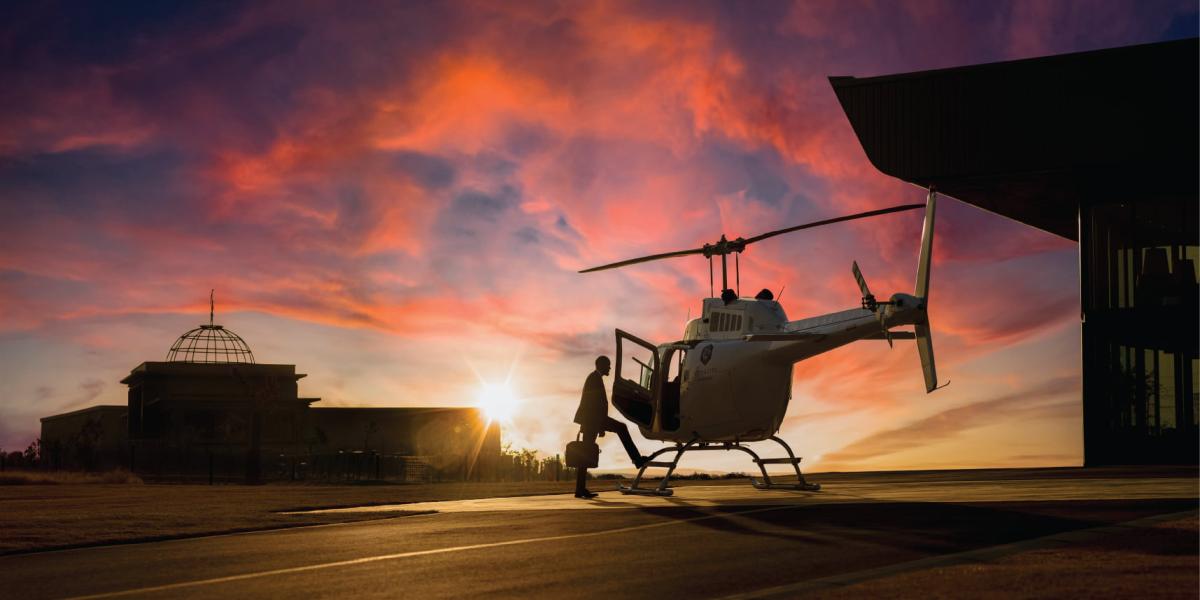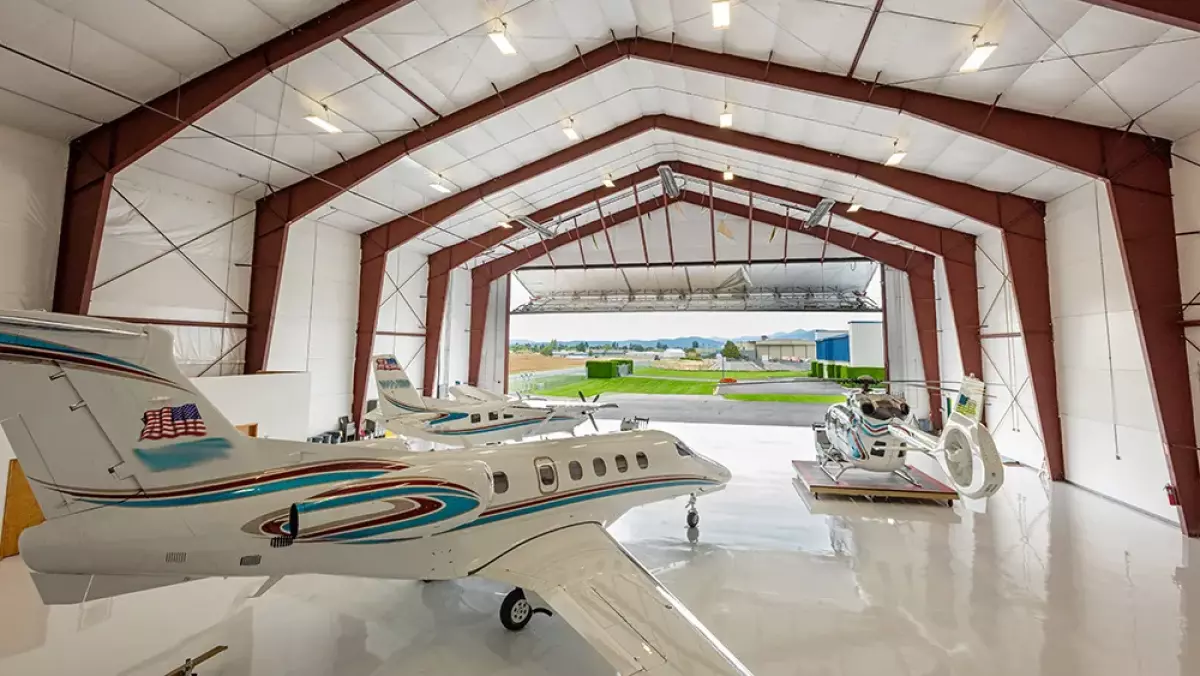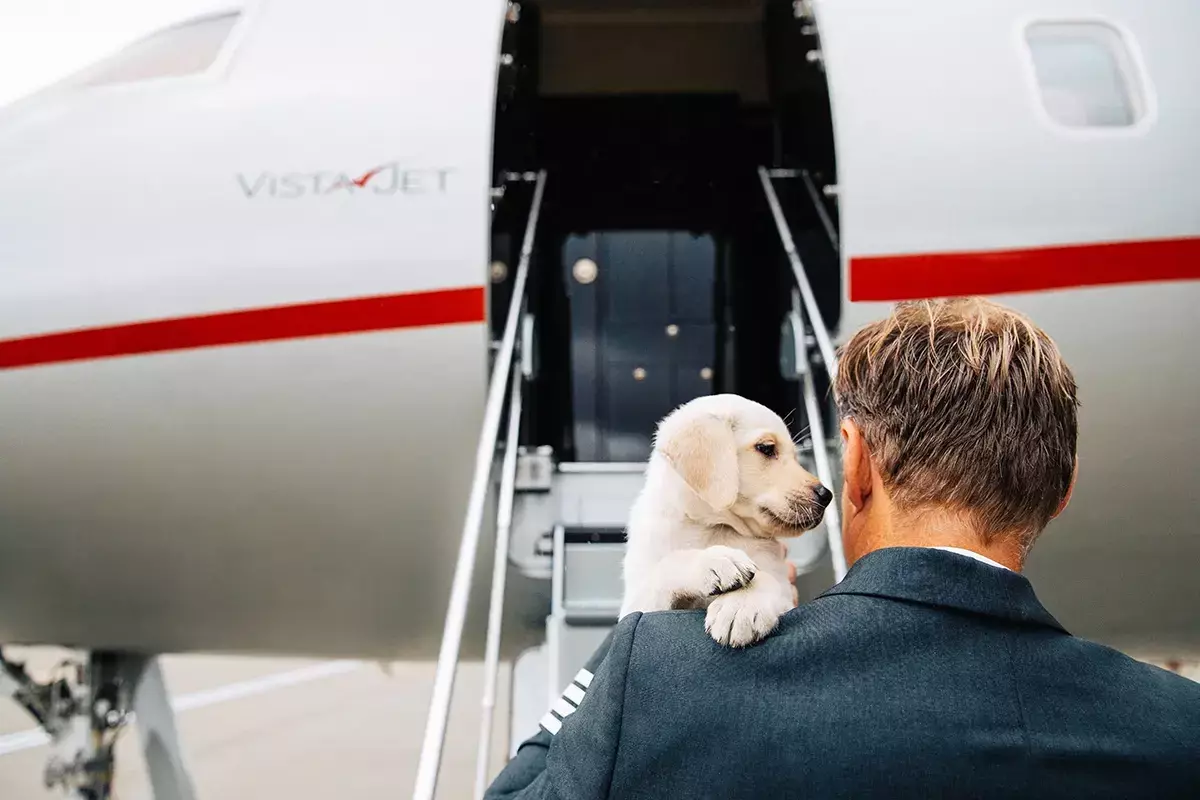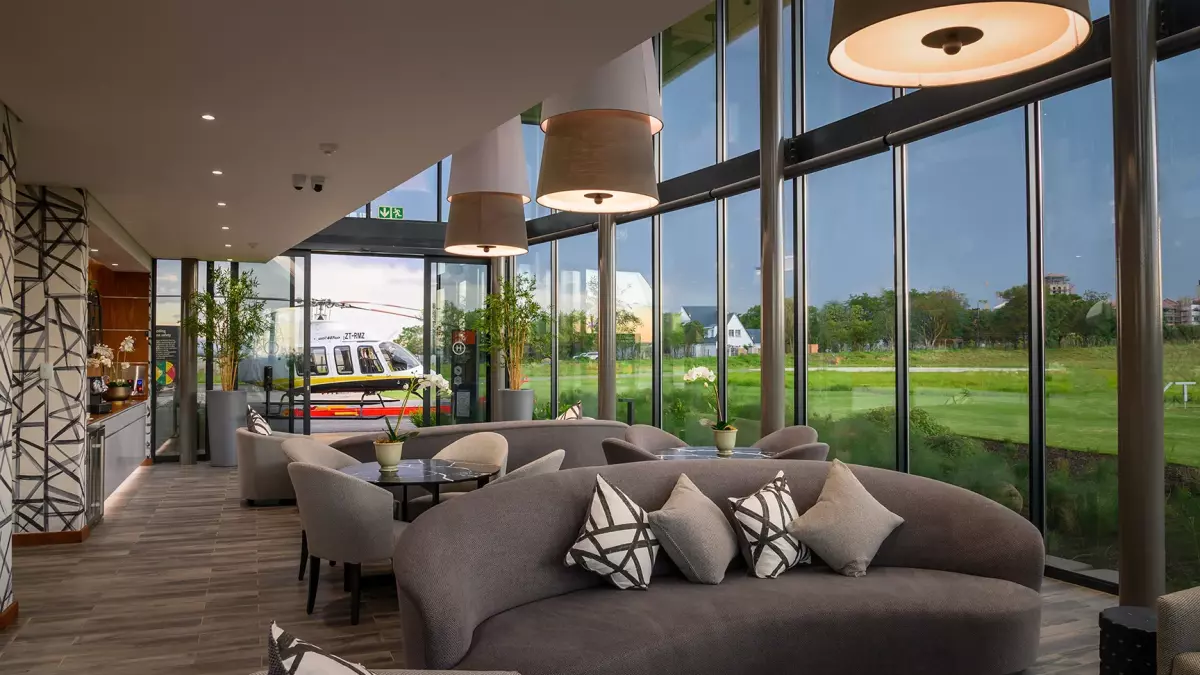





For most people, a plane is a means of transportation. For the super-rich, it’s a way of life. Welcome to a world where garages house Gulfstreams, helipads grace rocky oceanfront estates, and getting from Aspen to St. Tropez is as easy as ordering room service. In the new reality of the global elite, mobility is not a luxury, it’s a necessity. And the infrastructure for this lifestyle already begins in the air. From private jet itineraries that rival five-star hotel experiences to properties designed with flying in mind, this is the next generation of luxury real estate and lifestyle: homes that travel with you, and journeys that feel like home.
In the hills above Lake Geneva, a minimalist residence rises with a wine cellar, an indoor pool, and a helipad discreetly built into the garden. On the other side of the world, in Napa, a winery estate includes a private hangar and its own runway—perfect for tasting weekends and guests arriving by air. These aren’t just luxury homes anymore—they’re flying hubs for a life on the go.
“Today’s ultra-rich are looking for homes that follow their rhythm,” says Tobias Werner, an aviation real estate consultant. “Air access—by jet, helicopter, or seaplane—is a design imperative.”
These properties aren’t just status symbols, they’re points of departure. In Florida, Arizona, and New Zealand, “flying communities” are being built—gated communities where each home has its own hangar. In Courchevel and Gstaad, ski villas offer helipads for a direct ski-to-door experience. In Mykonos and Malibu, VTOL aircraft platforms await the air taxis of the future.
8:00 a.m.—Coffee in Geneva. Lunch at a wagyu restaurant in Tokyo. Sunset over the sand canyons of AlUla. This is not a fantasy, but a daily routine for those who perceive the world as their personal domain.
Companies such as VistaJet, Four Seasons Private Jet and Aman Air Expeditions offer trips that combine private aviation, ultra-luxury hospitality and personalized itineraries.
• The Wine Tour: Napa → Mendoza → Bordeaux → Tuscany → Cape Town – with private tastings and overnight stays in the middle of the vineyards.
• Secrets of the Ancient World: Machu Picchu → Easter Island → Petra → Luxor → Angkor Wat – with access to sites beyond the reach of mass tourism.
• The Wellness Circle: SHA Wellness (Spain) → Clinique La Prairie (Switzerland) → Amanpuri (Thailand) – a trip in which the plane is also a wellness area.
Each flight includes personalized menus, on-board spa treatments, and lighting to adapt to time zones, and luggage arrives before its owner.
“The real luxury is never going through a terminal,” says Clara Navez of Pelorus Private Air. “Waking up in a new place, with your luggage already unpacked, is the new definition of hassle-free travel.”
As private travel becomes a daily occurrence, the homes of the super-rich are adapting:
• Helipads hidden in rooftops and landscaping.
• Private hangars with automated lighting and climate control.
• Runways on the property grounds – particularly in the US, New Zealand and Australia.
• Private terminals within the home – with a bar, business area and relaxation rooms.
In Palm Beach, one owner has designed a hybrid of home, office and hangar – where a Bombardier Global 7500 is parked literally next to the living room.
According to the Savills Global Luxury Property Report 2024, properties with integrated aviation amenities have increased in value by 38% in five years – far outpacing the rest of the luxury market.
Investors from the Middle East, Asia, and California’s tech elite are looking for more than just a home, but a logistics hub—with the ability to move between continents in an instant, without compromising on style or security. And this isn’t a passing trend—it’s the new paradigm for living. For the super-rich, the world isn’t a place you visit. It’s an extension of your home.
The high-flying lifestyle doesn’t just require wealth—it redefines it. A Gulfstream G650 private jet, favored by a number of billionaires, costs around $70 million, and operating costs top $1 million a year. Custom itineraries with VistaJet or Aman Air Expeditions start at $150,000 per person for a two-week trip, with some tours costing upwards of $500,000.
A home with a hangar and its own runway in states like Montana or Arizona can reach $10–25 million, while similar properties in European ski resorts or on the Mediterranean coast can cost $30 million. Annual maintenance of a helipad and engaged aircraft can cost another $250–500 thousand, not including piloting.
For the super-rich, this is not an expense, but an investment in time – the most valuable currency. When dinner in Tokyo and breakfast in Switzerland are 12 hours apart, the price of mobility is measured not in money, but in the feeling of freedom.
In the world above the clouds, the line between movement and home is blurred. The plane is a living room, the residence is a terminal. Travel is not organized – it just happens, and spontaneity is part of the design. From Costa Rica to Qatar, from Los Angeles to Luxor – the new luxury is not in what you own, but in how easily you can leave it… and return – by jet, by helicopter, by electric air taxi. Because for those who live above the clouds, home is not a destination - it is a starting point.
Photo: Joel Riner/Christie's International Real Estate, Steyn City Ultimate Helistop, VistaJet.